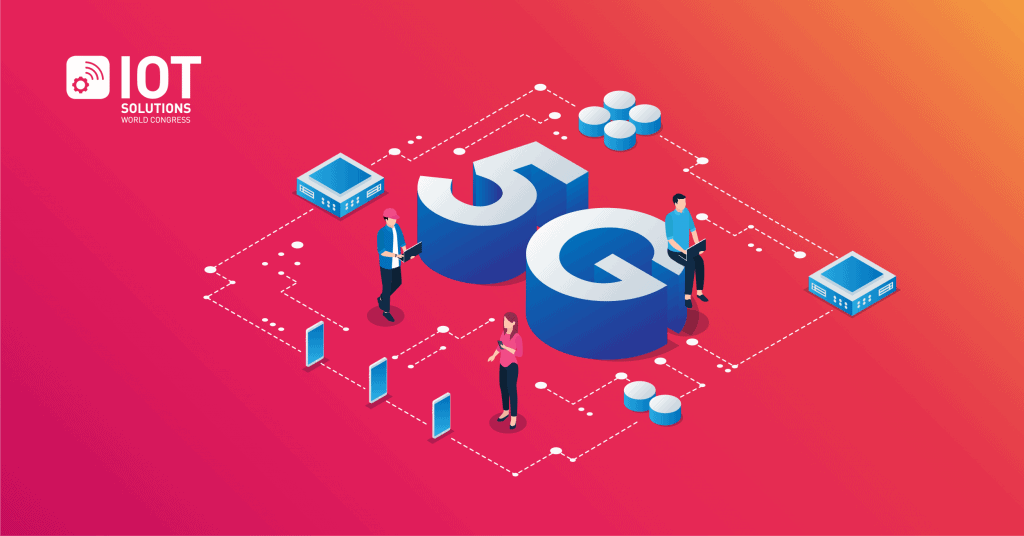BICS, the largest roaming and international communications provider, announced borderless 5G capabilities in Canada and Taiwan for its SIM for Things solution.
This should benefit enterprises, original equipment manufacturers (OEMs), and hardware manufacturers who will unlock new business opportunities and launch competitive use cases in the connected devices sector.
“The addition of 5G to our plug-and-play solution is a move that will unlock new capabilities for OEMs and hardware manufacturers, enabling enterprises to continue to innovate in the IoT space for years to come,” says Luc Vidal-Madjar, head of IoT Solutions at BICS.
BICS is one of the first on the market that offers such borderless 5G solution that supports low-latency, high-speed 5G services on an international scale.
SIM for Things is a BICS’s flagman connectivity solution already supports 2G, 3G, 4G/LTE, LTE-M and NB-IoT, and currently 5G in Canada and Taiwan. The company plans to add 50 more locations supporting 5G by the end of 2021.
The connected world
SIM for Things allows enterprises to access some 700 mobile networks worldwide in an increasingly connected world.
Mordor Intelligence report forecasts the IoT market will be worth $1.38 trillion by 2026. While a recent Juniper Research says by that time, there’s going to be over 83 billion connected IoT devices.
Companies that take advantage of solutions like SIM for Things supporting borderless 5G will be able to develop new IoT use cases. Sectors that will benefit most are video surveillance, video calls, in-the-field maintenance of industrial objects streamed in real-time, and anywhere 5G networks are the backbone of ultra-broadband, data-hungry, and low latency communication.
SIM for Things
BICS’ SIM for Things solution comprises a physical and virtual SIM, equipped with self-management capabilities that allow for seamless deployment and efficient control of thousands and even millions of SIM embedded endpoints. The solution has reliable borderless connectivity in 200+ countries, and now 5G in Canada and Taiwan.
“Connectivity is the foundation of IoT. As an enabler of IoT connectivity, it is imperative that we provide a full range of connectivity options that can be tailored to each specific use case. The announcement represents the next step in realising new generation IoT use cases, powering data-hungry devices with high bandwidth 5G,” believes Luc Vidal-Madjar.







